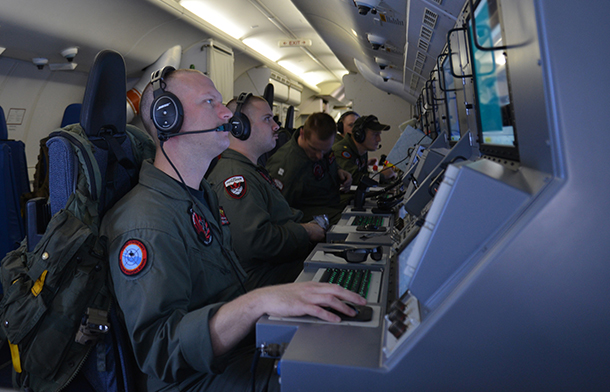

Search Effort for MH370 Intensifies
PHILIPPINE SEA, Mar. 24, 2014 – U.S. Pacific Command has ordered U.S. Pacific Fleet to move a black box locator into the region where searchers are continuing efforts to locate Malaysia Airlines Flight 370, which disappeared March 8 shortly after leaving Kuala Lumpur, Malaysia, bound for Beijing.
Officials said the order is a precautionary measure in case a debris field is located.
If a debris field is confirmed, officials added, the Navy’s Towed Pinger Locator 25 will add a significant advantage in locating the missing aircraft’s black box.
Debris Spotted
“In the event a debris field is located, we’re moving some specialized locator equipment into the area,” said Navy Cmdr. Chris Budde, U.S. 7th Fleet operations officer. “The Towed Pinger Locator has some highly sensitive listening capability so that if the wreck site is located, we can hear the black box pinger down to a depth of about 20,000 feet. Basically, this super-sensitive hydrophone gets towed behind a commercial vessel very slowly and listens for black box pings.
“This movement is simply a prudent effort to pre-position equipment and trained personnel closer to the search area,” he continued, “so that if debris is found, we will be able to respond as quickly as possible, since the battery life of the black box’s pinger is limited.”
If found, the acoustic signal of the pinger is transmitted up the cable and is presented audibly, and can be output to either an oscilloscope or a signal processing computer, 7th Fleet officials explained. The operator monitors the greatest signal strength and records the navigation coordinates. This procedure is repeated on multiple track lines until the final position is triangulated.











